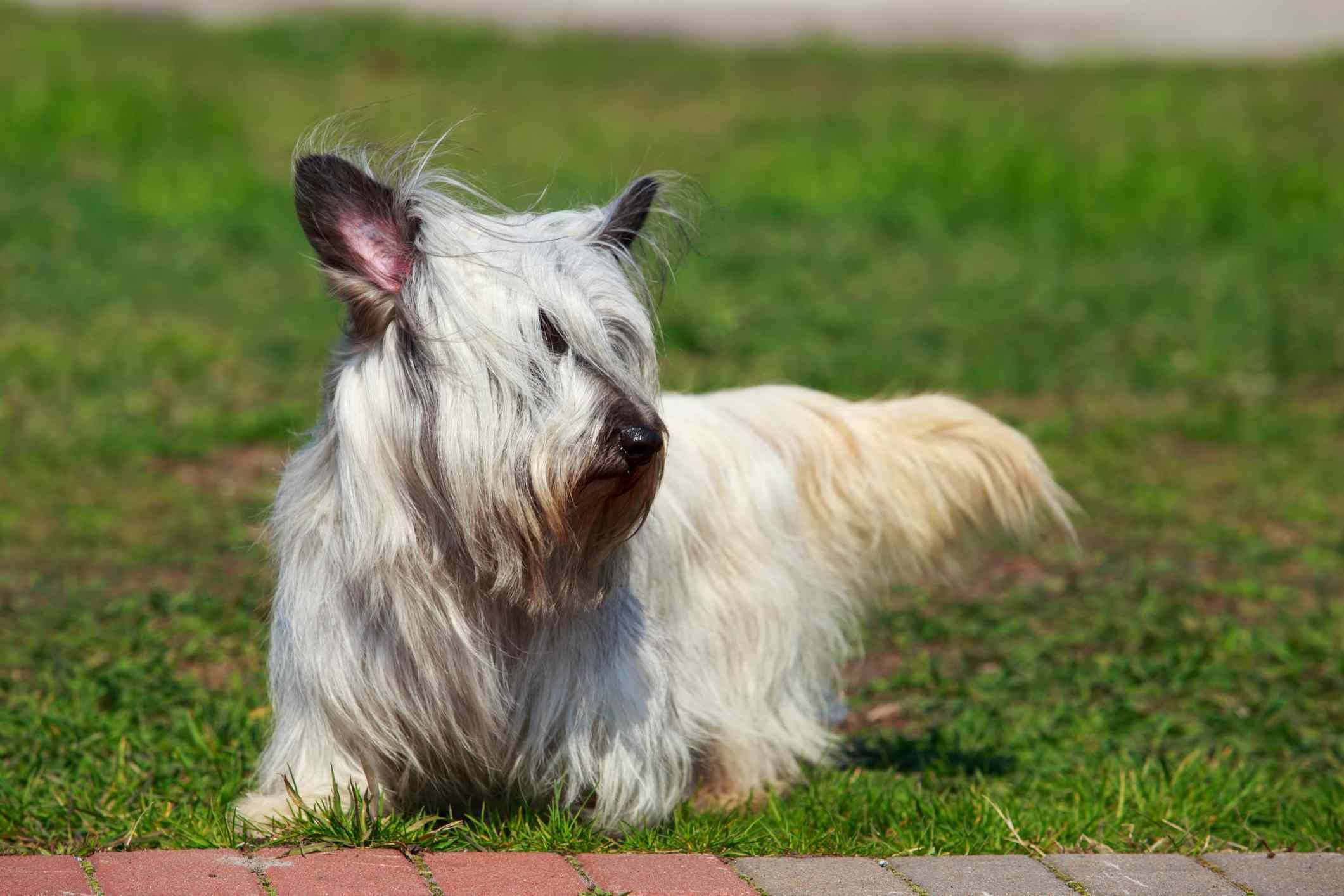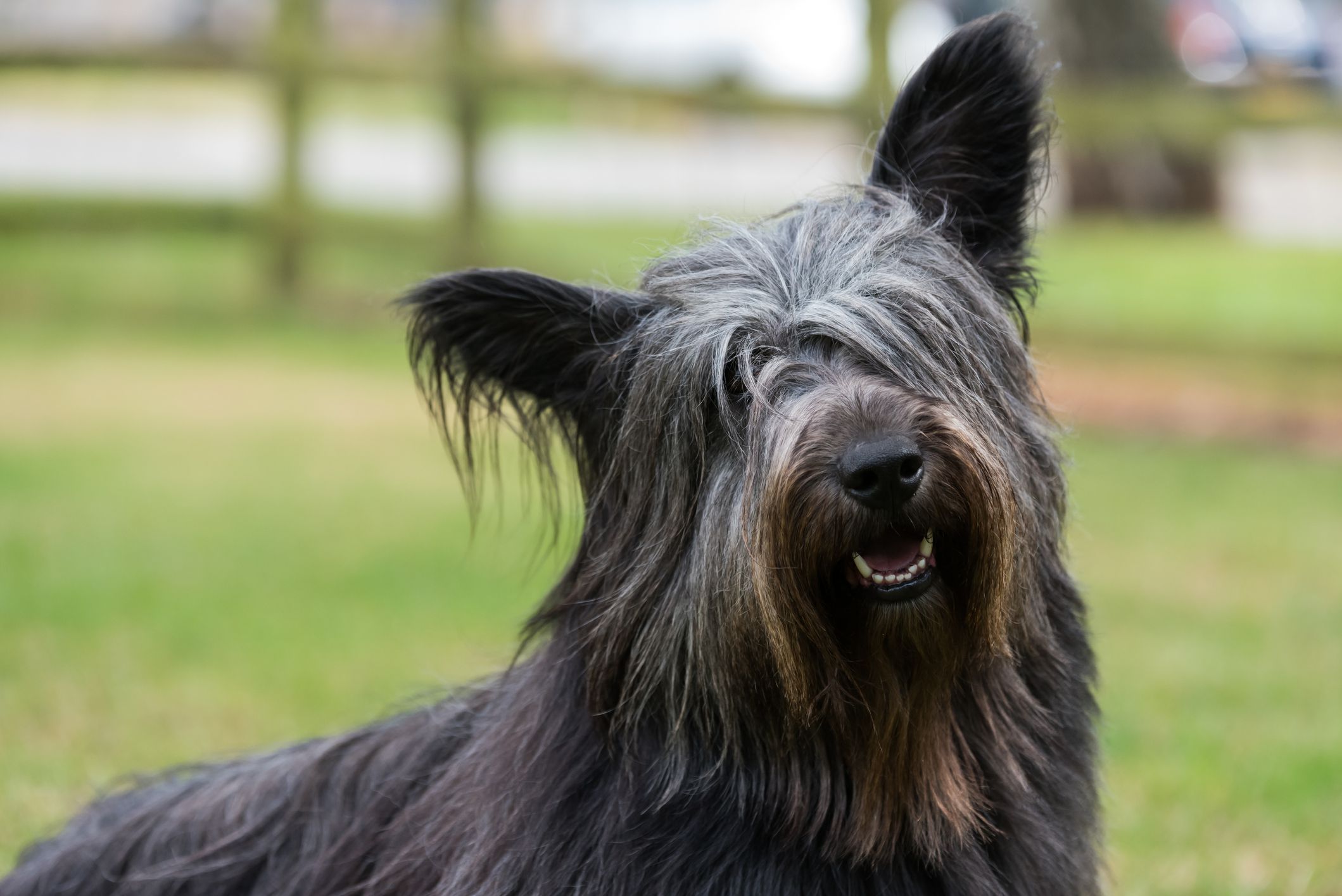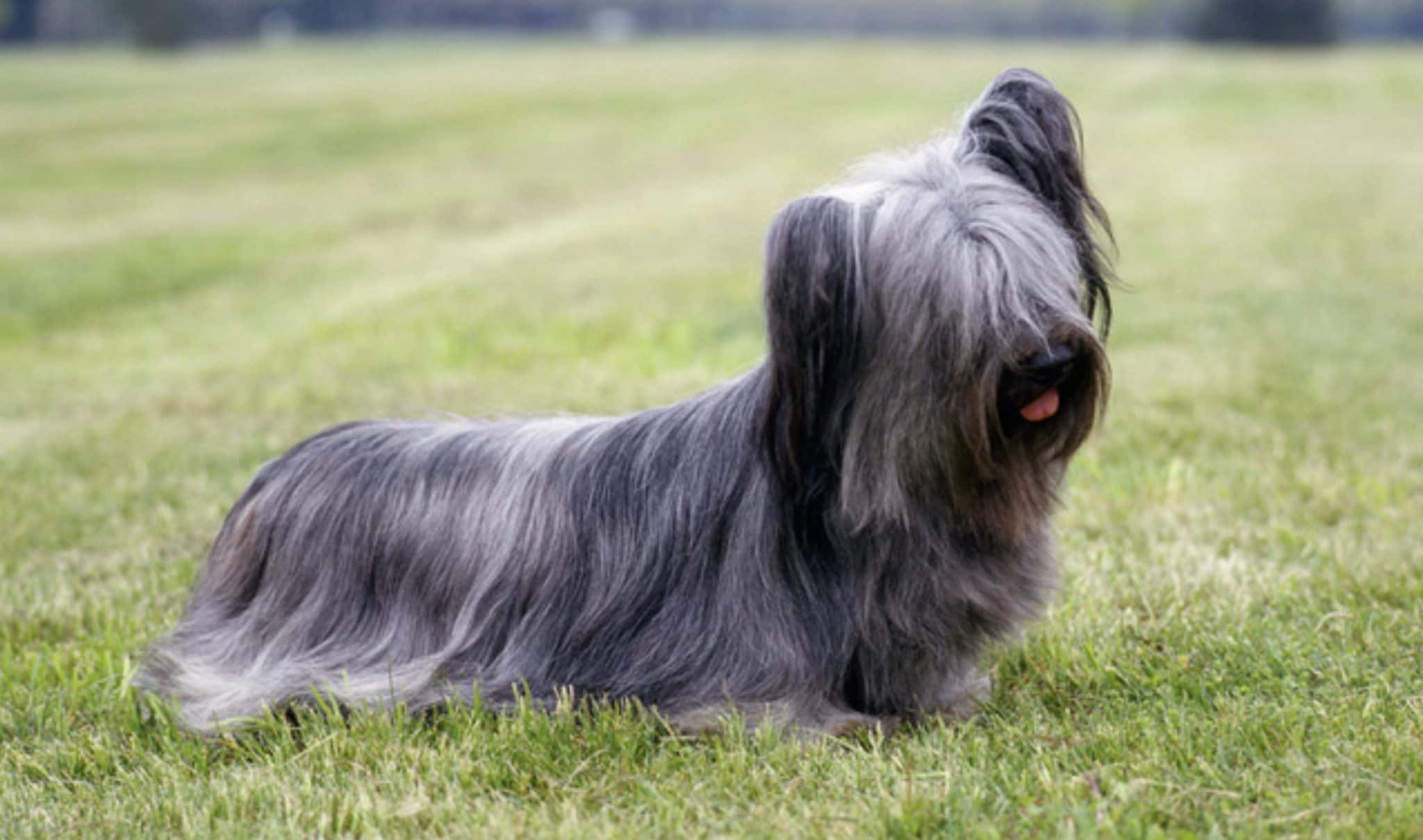
The Skye Terrier is a historic Scottish breed that originated on the Isle of Skye in the Hebrides. Developed several centuries ago, it was bred to hunt foxes, badgers, and other vermin hiding among rocks and dense underbrush. Its long, low body helped it maneuver easily through tight spaces.
The breed gained popularity in the 19th century, particularly after Queen Victoria became a devoted fan. She helped elevate the breed’s status, and for a time, the Skye Terrier was a fashionable companion of British aristocracy.
Once a celebrity among terriers, the Skye Terrier has since become one of the rarer terrier breeds, now considered endangered in its homeland. Despite its historical prestige, the breed is not widely known today. However, it still maintains a devoted fanbase who cherish the breed’s elegance, loyalty, and independent charm.
Breed clubs and enthusiasts around the world continue efforts to preserve the Skye Terrier and promote responsible breeding.
The Skye Terrier is a long, low, and elegant dog with a luxurious coat and dignified presence.
• Height: 9.5–10 inches (24–25 cm)
• Length: 20–25 inches (from nose to tail base)
• Weight: 25–40 pounds (11–18 kg)
• Build: Long-bodied, short-legged, and muscular
• Coat: Long, straight, and flowing outer coat with a soft undercoat
• Color: Black, blue, cream, fawn, gray, or silver, often with darker ear tips
• Head: Long and strong with a slight stop
• Eyes: Dark brown, medium-sized, expressive
• Ears: Either pricked or dropped, depending on the line
• Tail: Long and carried low in a gentle curve
The combination of a regal silhouette and flowing coat gives the Skye Terrier a truly noble appearance.
The Skye Terrier is known for its loyalty, elegance, and quiet confidence.
• Devoted: Forms strong attachments to its primary family members.
• Reserved: Aloof with strangers but not aggressive.
• Independent: True to terrier heritage, they think for themselves.
• Alert: Makes a reliable and calm watchdog.
• Dignified: Not overly playful or rowdy, but affectionate in its own dignified way.
Their temperament is more composed than many other terriers, making them ideal for quieter homes.

The Skye Terrier is ideal for:
• Individuals or families seeking a loyal, quiet, and elegant companion
• People who enjoy long walks and relaxed indoor companionship
• Those looking for a distinctive, historic breed
• Owners who appreciate independence and subtle affection
However, it may not be ideal for:
• Homes with very young or boisterous children
• People seeking a highly social or obedient breed
• Owners unwilling to commit to regular coat maintenance
This breed does well in calm, structured households with regular care and grooming.
• Exercise: Moderate; daily walks and playtime in a secure yard
• Training: Needs firm, patient, and positive guidance; early socialization is important
• Grooming: Brush several times per week to maintain the long coat; bathe as needed
• Living Environment: Adaptable to apartments or houses; thrives in calm homes
• Feeding: Balanced diet appropriate for small-to-medium, moderately active dogs
Regular socialization is essential to prevent excessive wariness of strangers.
The Skye Terrier is generally a healthy breed, but it can be susceptible to:
• Degenerative disc disease (due to its long spine)
• Hip dysplasia
• Autoimmune thyroiditis
• Mammary and skin cancers
Their average lifespan is 12 to 14 years, and careful weight management is important to protect their back.

• Scottish Terrier: More robust and assertive; Skye Terriers are quieter and more reserved.
• West Highland White Terrier: More energetic and social than the Skye.
• Dandie Dinmont Terrier: Similar in size and temperament, but with a more rounded appearance and distinctive topknot.
If you’re looking for a loyal and graceful dog with a rich heritage and a quieter terrier temperament, the Skye Terrier might be a perfect match. They do best with experienced owners who can provide gentle leadership and consistent companionship.
Prospective owners must also be prepared to maintain the breed’s long coat and protect its back from injury.
Due to their rarity, finding a Skye Terrier may require joining breed clubs or waiting on a reputable breeder's list. Health screening and early socialization are essential for this breed.
United Pet Club offers health and grooming support, microchip registration, and breed-specific guidance for Skye Terrier owners.